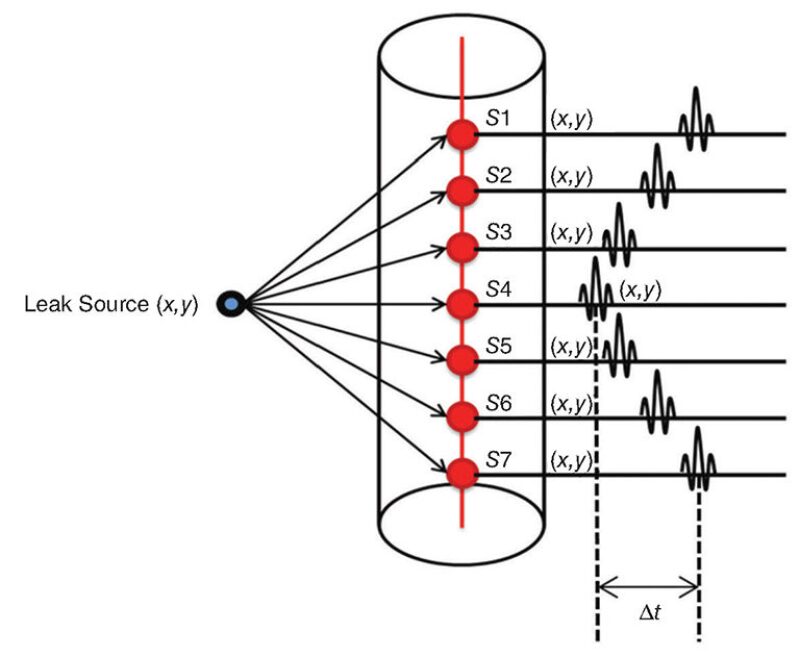This paper presents a new technology and methods that can detect leak locations in a well and illustrate the flow profile of the leak. A substantial amount of time and effort can be expended in repairing leaks in wells, and these methods can reduce that time. The paper shows results and compares them to those of other techniques for a well that had been shut in as a result of a small leak.
Background
Noise tools have been used to detect the sound of leak flow to provide an estimated description on the basis of the magnitude of the noise and the frequency properties. Typically, these tools consisted of one hydrophone or receiver that was limited to frequency and information recorded.
×


Continue Reading with SPE Membership
SPE Members: Please sign in at the top of the page for access to this member-exclusive content. If you are not a member and you find JPT content valuable, we encourage you to become a part of the SPE member community to gain full access.

